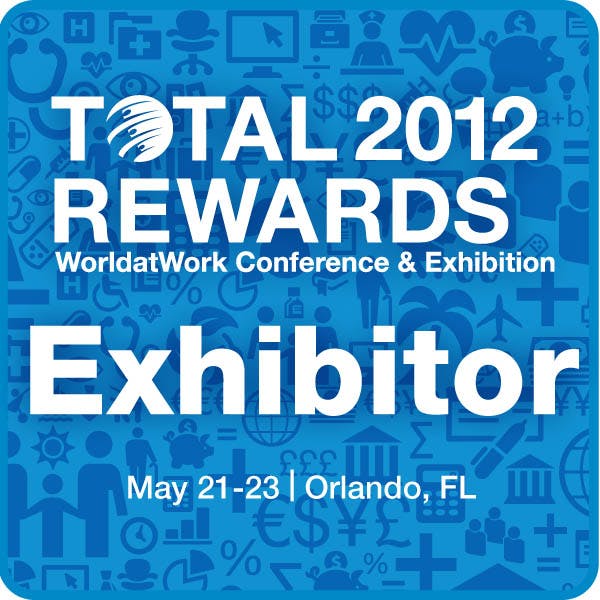What does the ideal organization look like?
Rob Goffee and Gareth Jones have been looking at this question for more than three years. Their research found six common principles that cut across circumstance, industry, and individual ambitions.
In their Harvard Business Review article, Creating the Best Workplace on Earth, they reveal these six principles:
- Individual differences are nurtured;
- Information is not suppressed or spun;
- The company adds value to employees, rather than merely extracting it from them;
- The organization stands for something meaningful;
- The work itself is intrinsically rewarding;
- There are no stupid rules.
More than traditional diversity
On the surface, these are common-sense principles that seem intuitive. But if we stop and really think about what these things mean, there are surprising revelations.
Take the first principle, for example.
When we think about individual differences, most of us jump immediately to the standard definitions of gender, race and ethnicity, age, etc. But Goffee and Jones found that it’s really about more than traditional diversity categories.
It’s about cognitive diversity: differences in core assumptions, perspectives, and habits of mind. The ideal organization “is aware of dominant currents in its culture, work habits, dress code, traditions, and governing assumptions but … makes explicit efforts to transcend them.”
We’re all familiar with the classic examples of the “eccentric scientist” who keeps odd work hours and the “creatives” that can’t seem to work in suits and ties. But yet again, it goes deeper than we initially think.
It’s about tapping into less-obvious talents in unexpected places. It’s about blending cognitive differences and combining skill sets in new and unconventional ways. It’s about creating a truly interdisciplinary environment.
Are you brave enough to diversity the definition?
Combining data analysts, professional dancers and product designers into a cohesive work team is no easy feat. Measuring performance is even more difficult.
Traditionally defined career paths and competence models don’t work. Quantitative measurement systems can’t adequately capture the value of that one breakthrough idea, but they do penalize the likely (and necessary) dead ends leading up to that breakthrough.
Such an environment also creates a unique challenge with respect to compensation. A one-size-fits-all rewards package will be sub-optimal.
The challenge is to develop a system that encompasses enough variety to be effective in rewarding the data analysts, dancers and designers, but still retains cohesiveness and maintains pay equity. It has to account for differences in individual preferences in risk tolerance (base versus incentive), cash/benefits tradeoffs, and tangibles versus intangibles.
Diversifying the definition of diversity is messy business. Creating the ideal organization is likely an impossibility. So is building the perfect performance measurement system and total rewards package for this ideal organization.
But even if we never get there, measurable gains can be made while striving for the ideal. Are you brave enough to dip a toe into diversifying the definition of diversity and see what great things might happen?
This was originally published at the Compensation Café blog, where you can find a daily dose of caffeinated conversation on everything compensation.
